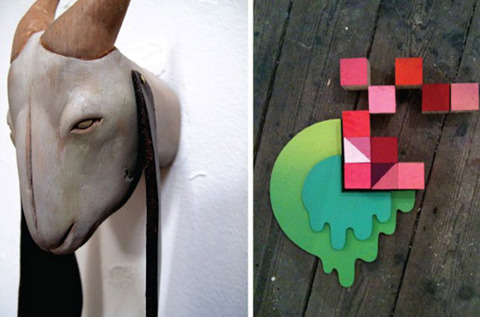With East Africa facing its worst drought in 60 years, affecting more than 11 million people, the United Nations has declared a famine in the region for the first time in a generation. Overcrowded refugee camps in Kenya and Ethiopia are receiving some 3,000 new refugees every day, as families flee from famine-stricken and war-torn areas. The meager food and water that used to support millions in the Horn of Africa is disappearing rapidly, and families strong enough to flee for survival must travel up to a hundred miles, often on foot, hoping to make it to a refugee center, seeking food and aid. Many do not survive the trip. Officials warn that 800,000 children could die of malnutrition across the East African nations of Somalia, Ethiopia, Eritrea, and Kenya. Aid agencies are frustrated by many crippling situations: the slow response of Western governments, local governments and terrorist groups blocking access, terrorist and bandit attacks, and anti-terrorism laws that restrict who the aid groups can deal with -- not to mention the massive scale of the current crisis. Below are a few images from the past several weeks in East Africa.





Source:
http://www.theatlantic.com/infocus/2011/07/famine-in-east-africa/100115/








